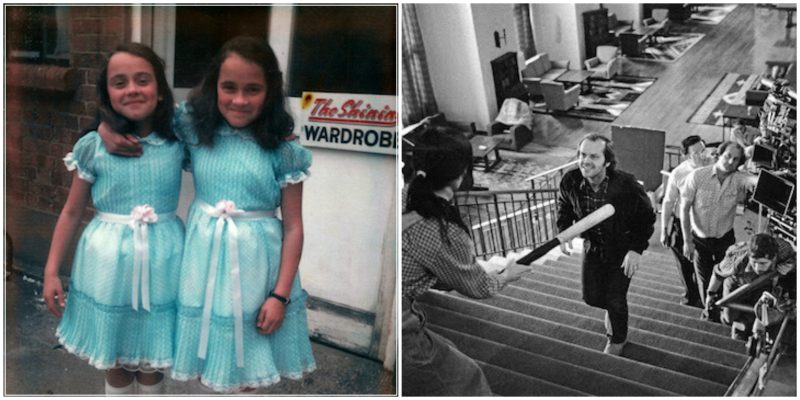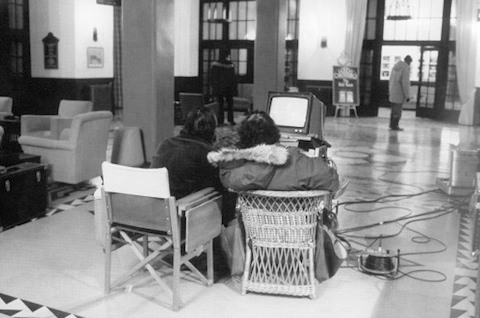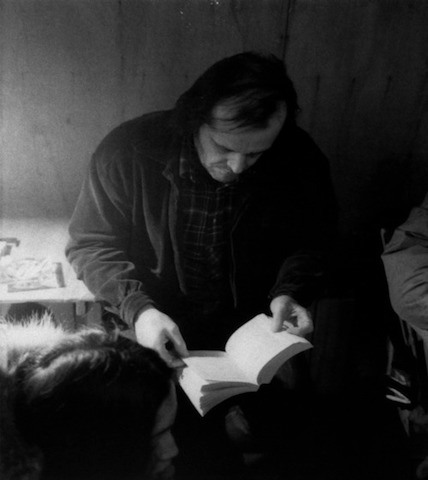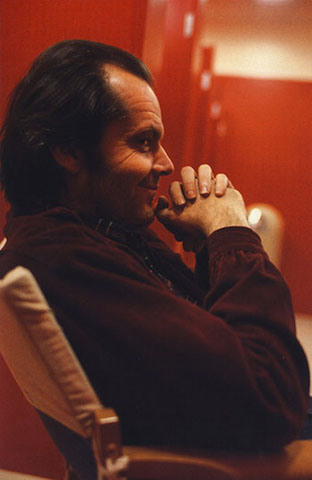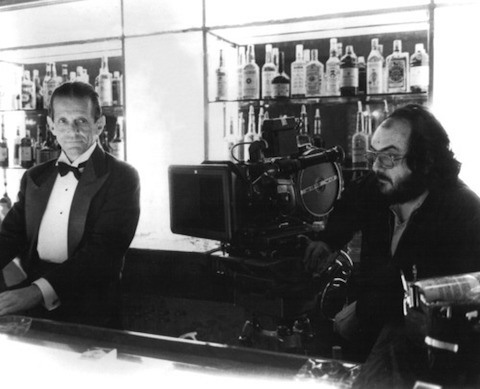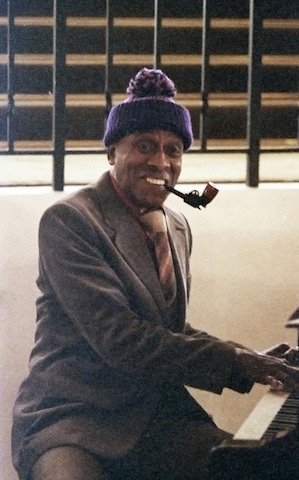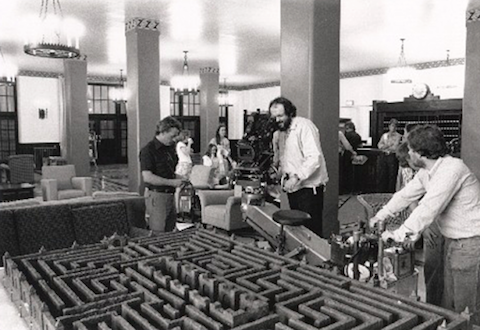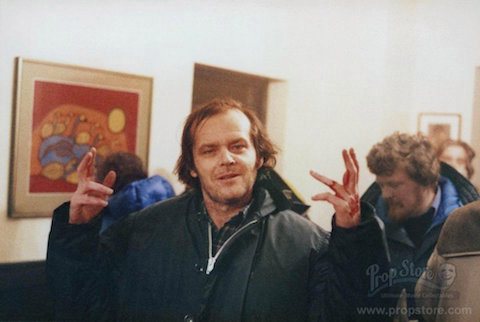The Shining is one of the most ingenious and most frightening motion pictures of all time. Everyone who has watched the movie knows that the twins were the constant topic of our nightmares. The Shining is a product of the imagination of Stephen King’s gloriously weird mind and the Stanley Kubrick’s ingenious cinematographic skills.
We found some behind the scene photos, check them out:
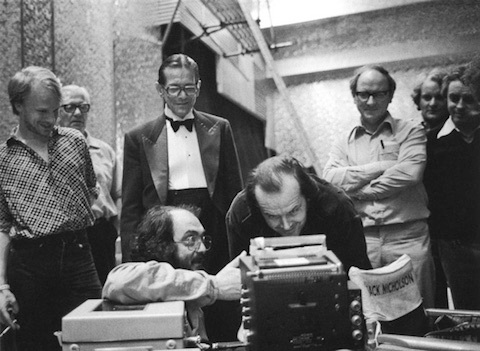
While most of the interior shots, and even some of the Overlook exterior shots were done on studio sets, a few exterior shots were done on location by a second-unit crew headed by Jan Harlan: Saint Mary Lake with Wild Goose Island inGlacier National Park, Montana was the filming location for the aerial shots of the opening scenes. The Timberline Lodge on Mount Hood in Oregon was filmed for a few of the exterior shots of the fictional Overlook Hotel, and notably absent in these shots is the hedge maze — something the Timberline Lodge does not have. In the spring of 1979, due to intense lighting used by Kubrick, the set burst into flames and destroyed the building; it had to be completely rebuilt.
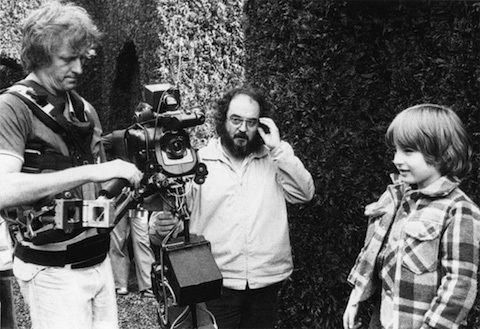
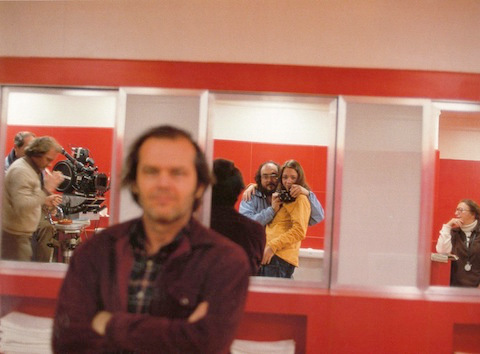
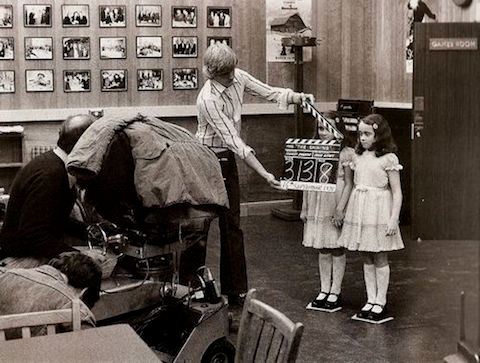
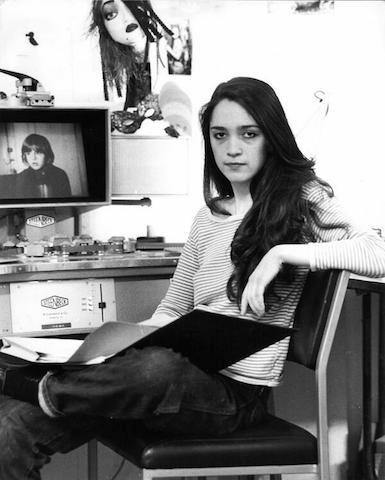
This film was among the first half-dozen to use the newly developed Steadicam (after the 1976 films Bound for Glory, Marathon Man, and Rocky), and was Kubrick’s first use of it.This is a stabilizing mount for a motion picture camera, which mechanically separates the operator’s movement from the camera’s, allowing smooth tracking shots while the operator is moving over an uneven surface. It essentially combines the stabilized steady footage of a regular mount with the fluidity and flexibility of a handheld camera. The inventor of the Steadicam, Garrett Brown, was heavily involved with the production. Brown published an article in American Cinematographer about his experience, and contributed to the audio commentary on the 2007 DVD release of The Shining. Brown describes his excitement taking his first tour of the sets which offered “further possibilities for the Steadicam”. This tour convinced Brown to become personally involved with the production. Kubrick was not “just talking of stunt shots and staircases”. Rather he would use the Steadicam “as it was intended to be used — as a tool which can help get the lens where it’s wanted in space and time without the classic limitations of the dolly and crane”. Brown used an 18 mm Cooke lens that allowed the Steadicam to pass within an inch of walls and door frames
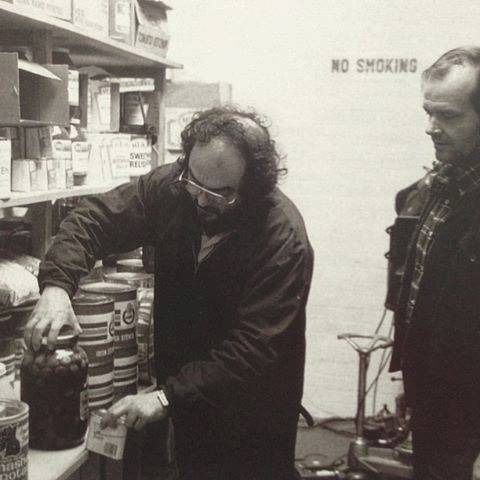
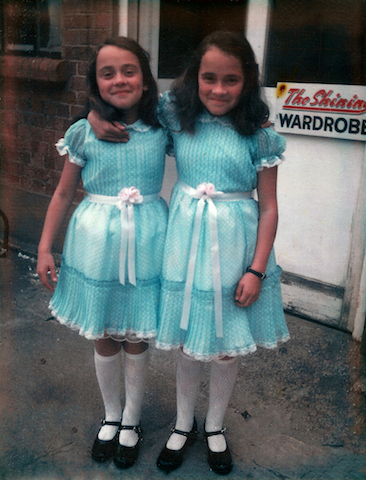
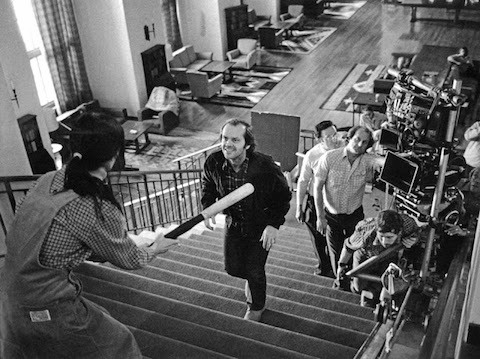
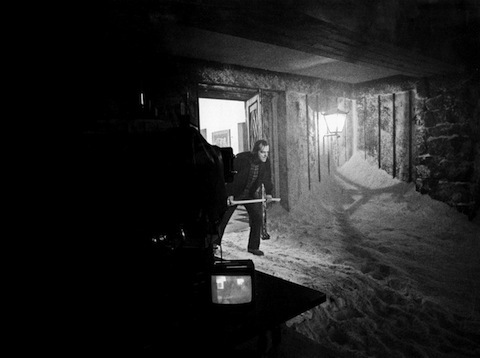
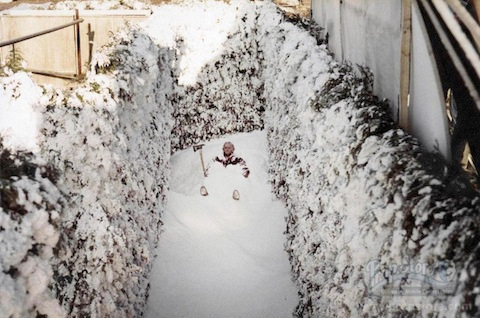
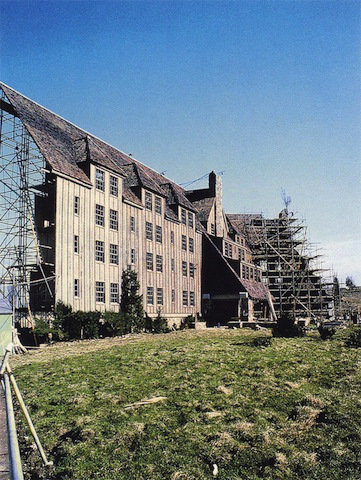
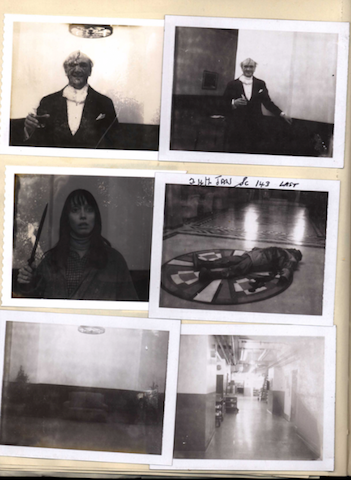
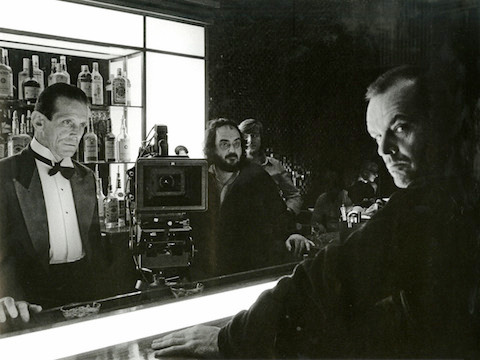
photos by IMGUR
